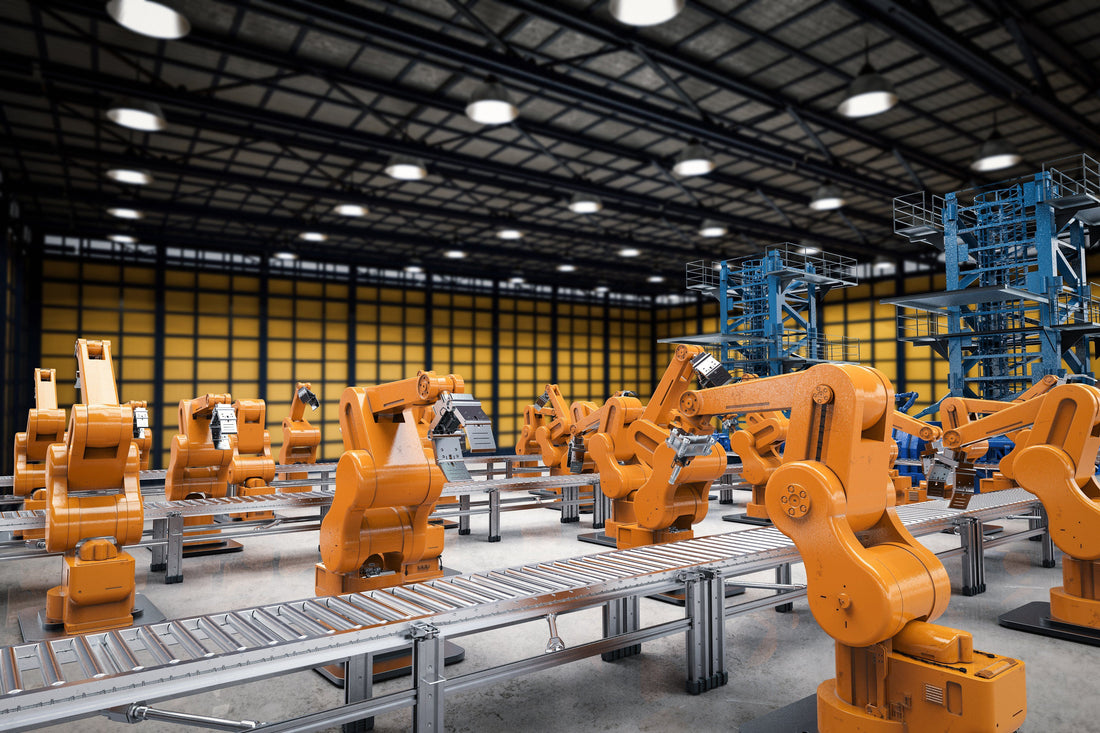Much has already been said about the advantages of factory automation. If you are a factory owner or someone from the manufacturing sector, you would already have read several hundred web pages that explain benefits like improved productivity, reduction of waste, lower cycle time, better floor utilization, etc.
You are almost convinced that your factory should be automated. You may have even come up with an estimate of by how much this would boost your bottom line. It all looks promising and you are ready to invest.
But how do you go about doing it?
As with many new technologies that are making rapid inroads into several industries, factory automation can also be a confusing concept to an average customer. While there is no question on the advantages of automation, there are a few factors to consider before getting into it.
Understand your requirements
There are so many kinds of solutions in the market today and each manufacturer will obviously tell you theirs is the best. What you as a customer need to do first is make a list of your short- and long-term needs and identify automation solutions that match them.
Keeping things simple would be the best advice at this point. For instance, if you need to automate a simple pick and drop the movement in your factory, there is no need for a six-axis robot for it.
Starting small is also a great idea. Identify a process or a part of production in your plant to automate that could be useful to many people. This will help your employees get familiar with automation gradually.
Shopping for an automation solution is not simple either. More often than not, you will not be able to pick up a complete solution off the shelf. You will need to use different devices and come up with a customized system that would work for you.
Leave room for expansion
Most businesses will eventually want to scale up in some way or the other. Regardless of whether you are setting up a new plant or retrofitting your existing factory, you will need to consider how more solutions can be added in the future.
Obviously, this doesn’t mean you leave large areas within your plant empty in anticipation of some new magic technology that would manufacture a product at the snap of a finger. But it does mean that you need to have a clear idea of how to make space by removing something and maintaining something else.
Decide the components you will need
Several components will go into automating your factory. This could range from vision sensors, electric actuators, and conveyors to even cloud computing solutions. Being specific on the needs is extremely necessary at this stage to make sure you don’t make unnecessary purchases and overshoot your budget.
Once you have a list of your requirements and the components you will need, find out what’s available in the market. Pick products and solutions that would match your needs and that can be integrated with each other to ensure seamless operation.
Work with a systems integrator
Generally speaking, there are two ways of going ahead with automation. You can either hire a consultant who would work with you and point you to some vendors or you could do the whole decision-making process yourself. Whatever you do, a systems integrator plays an important role in making sure the different solutions you purchase work together.
It’s not just about automation
Although at its basic level, automation is all about making machines self-reliant to complete a process, you shouldn’t be missing the bigger picture. An automated factory is faster and efficient, but it becomes a smart factory when there is proper connectivity and gathering of data. This data will help you get an extremely detailed picture of how your plant works and what can be done to make it more efficient.
-----------------------------------------------------------------------
About the Author
 Prasanth Aby Thomas has written extensively on global security, automation, and smart technologies industries. He is a Senior Journalist and tech reporter and has worked with several publications in India and abroad. He completed a Masters Degree in International Journalism from the University of Bournemouth, Dorset
Prasanth Aby Thomas has written extensively on global security, automation, and smart technologies industries. He is a Senior Journalist and tech reporter and has worked with several publications in India and abroad. He completed a Masters Degree in International Journalism from the University of Bournemouth, Dorset
.




